A Crossing is a Path that crosses from a Coastline, Offshore or Mid-Ocean margin to an opposite margin via a recognisable point and can be divided into 2 variants.
A Crossing is also a variant of a Crossing Path.
Greenland Crossings can be further divided into 4 variants.
.
A Crossing of Antarctica:
A Crossing of the Arctic Ocean:
A Crossing of Greenland:
Crossing variants: Full Crossing; Crossing; Inland Crossing; Mid-Ocean Crossing Examples: Crossing of Antarctica, Full Crossing of Greenland |
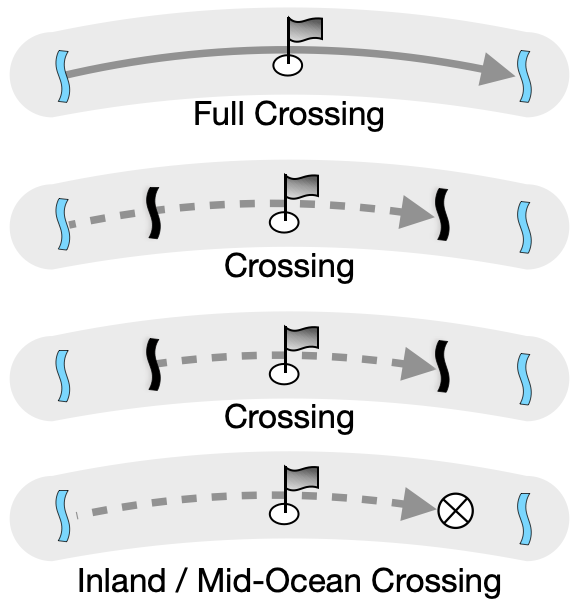 |
.
A Double Crossing, typically of Greenland or its ice sheet, must include a minimum of 800km in linear distance and reach opposite coastlines. Double Crossing variants: Full Double Crossing; Double Crossing; Inland Double Crossing; Mid-Ocean Double Crossing Example: Double Crossing of Greenland |
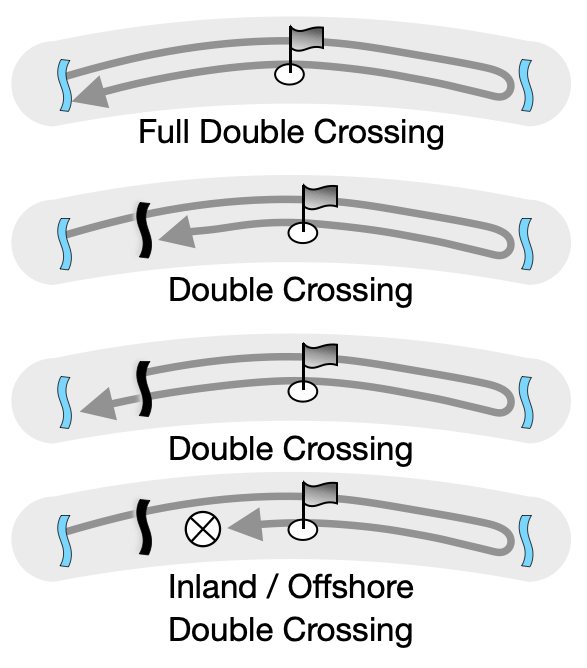 |
.
Greenland's oblong shape requires unique classification criteria with 4 variants.
Greenland crossings are not obliged to use variant descriptors, all can be labelled Crossing of Greenland or Greenland Crossing (so long as general Path criteria are satisfied).
Latitudinal Greenland CrossingA straight line connecting the start and end points of a Latitudinal Greenland Crossing is 22.5º angle or less in relation to a line of latitude. Latitudinal Crossing variants: Full Latitudinal Crossing; Latitudinal Crossing; Inland Latitudinal Crossing; Double Latitudinal Crossing |
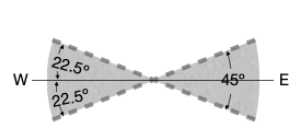 |
Diagonal Greenland Crossing
A straight line connecting the start and end points of a Diagonal Greenland Crossing is greater than 22.5º angle in relation to true north/south and a line of latitude. Diagonal Crossing variants: Full Diagonal Crossing; Diagonal Crossing; Inland Diagonal Crossing; Double Diagonal Crossing |
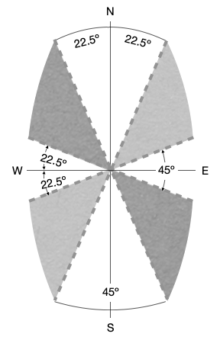 |
Longitudinal Greenland CrossingA straight line connecting the start and end points of a Longitudinal Greenland Crossing is 22.5º angle or less in relation to true north/south. Longitudinal Crossing variants: Full Longitudinal Crossing; Longitudinal Crossing; Inland Longitudinal Crossing; Double Longitudinal Crossing |
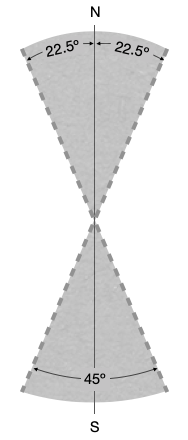 |
North-South or South-North Greenland CrossingThe start and end points of a North to South or South to North Greenland Crossing are above and below latitudes 80º and 62º north respectively. NS/SN Crossing variants: Full NS/SN Crossing; NS/SN Crossing; Inland NS/SN Crossing; Double NS/SN Crossing |
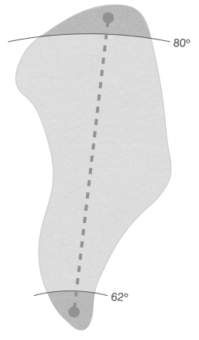 |
.